Tillandsia is a genus of around 650 species of evergreen, perennial flowering plants in the family Bromeliaceae, native to the forests, mountains and deserts of the Neotropics, from northern Mexico and the southeastern United States to Mesoamerica and the Caribbean to central Argentina. Their leaves, more or less silvery in color, are covered with specialized cells (trichomes) capable of rapidly absorbing water that gathers on them.
It commonly known as air plants, are fascinating plants that have gained popularity for their unique appearance and low maintenance requirements. Here is a detailed description of Tillandsia along with some care tips to help you keep them healthy and thriving:
Appearance:
It has various shapes, sizes, and colors, offering a wide range of options for plant enthusiasts. They have spiky leaves that can be thin and grass-like or thick and succulent. Some species have vibrant hues, including shades of green, silver, red, and purple. Many Tillandsia produce beautiful flowers that can be long-lasting and come in an array of colors, adding to their appeal.
Light Requirements:
Tillandsia thrive in bright, indirect light. They prefer filtered sunlight or bright artificial light. Avoid placing them in direct sunlight for extended periods, as it can lead to leaf scorching. If growing indoors, placing them near a window with sheer curtains or using artificial grow lights can provide adequate light.
Watering:
The unique feature of Tillandsia is their ability to absorb water and nutrients through their leaves. To water Tillandsia, mist the entire plant thoroughly 2-3 times a week, ensuring that the leaves are evenly moist. Alternatively, you can soak the plant in room temperature water for 20-30 minutes once a week, allowing it to drain completely afterward. It is crucial to avoid letting water accumulate in the center of the plant, as it can lead to rot. Adjust the watering frequency based on the humidity levels of your environment.
Air Circulation:
Good air circulation is essential for Tillandsia to thrive. They require sufficient airflow to prevent moisture buildup, which can lead to rot and other issues. Ensure that the plants have proper ventilation by placing them in an area with gentle air movement or using a fan to improve airflow.
Temperature and Humidity:
It prefer temperatures between 50-90°F (10-32°C). They can tolerate a range of humidity levels, but moderate humidity is generally preferred. If the environment is particularly dry, misting the plants more frequently or placing them on a humidity tray filled with water can help create a more suitable microclimate.
Fertilization:
While Tillandsia can derive nutrients from the air, they can benefit from occasional fertilization. Use a specialized air plant fertilizer or a water-soluble orchid fertilizer diluted to half the recommended strength. Apply the fertilizer once a month during the growing season (spring and summer) to provide the plants with necessary nutrients.
Mounting and Display:
You can display Tillandsia in various creative ways, such as mounting them on driftwood, securing them to rocks or shells, placing them in terrariums, or suspending them in the air using string or wire. Ensure that the mounting material is clean and does not retain excess moisture, as it can lead to rot.
Propagation:
Tillandsia produce offsets, or “pups,” which can be separated from the parent plant once they are a third to half the size of the parent. Gently twist or cut the offset from the base, taking care not to damage the parent plant or the roots of the pup. Allow the offset to dry for a day or two before placing it in its new location.
With their intriguing appearance and minimal care requirements, Tillandsia have become popular choices for both indoor and outdoor plant enthusiasts. By following these care tips and providing the appropriate light, water, and airflow, you can enjoy the beauty of Tillandsia in your home or garden.

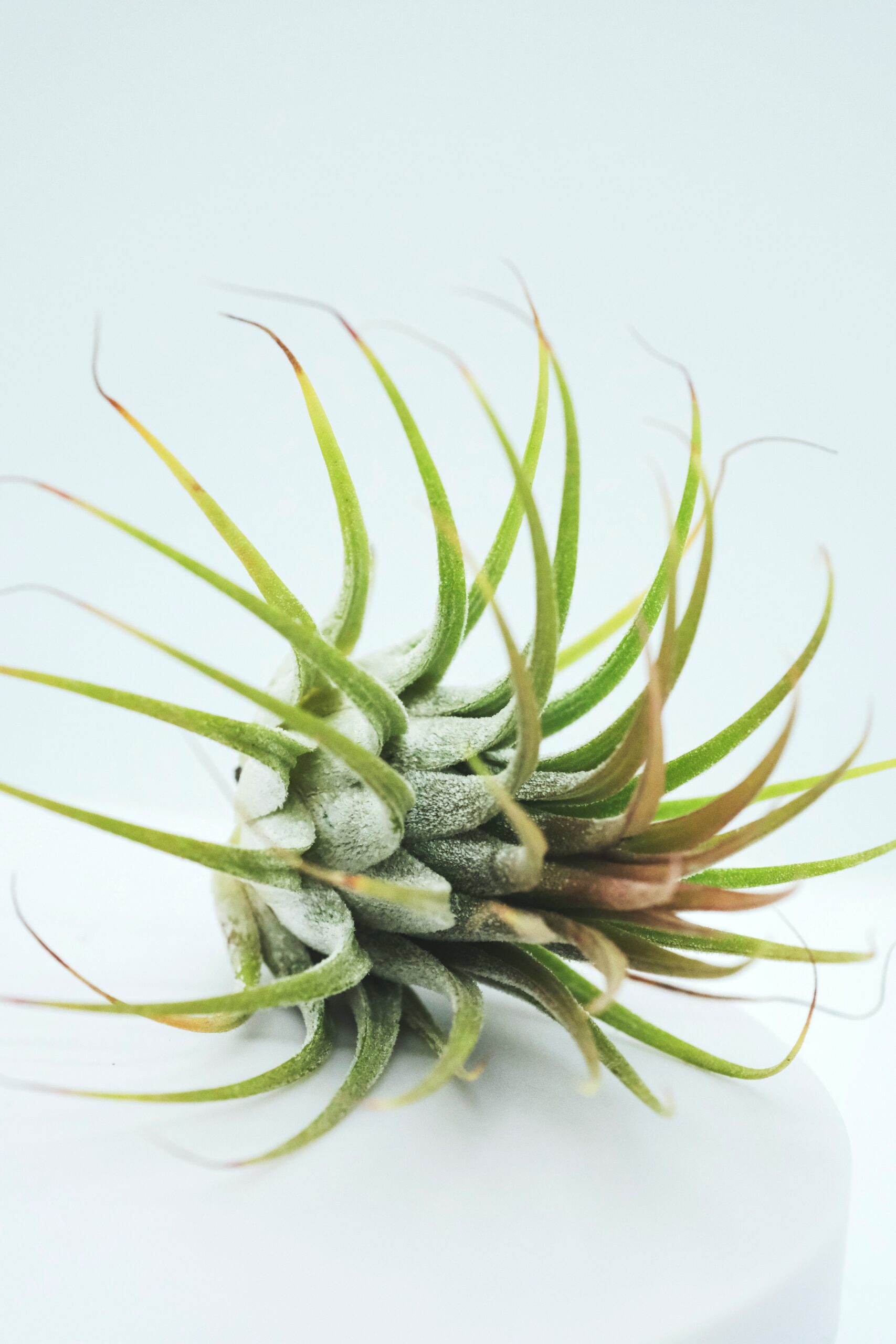
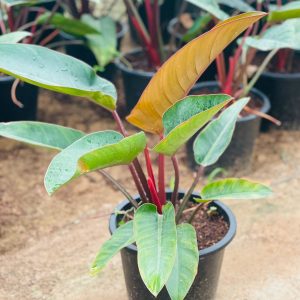
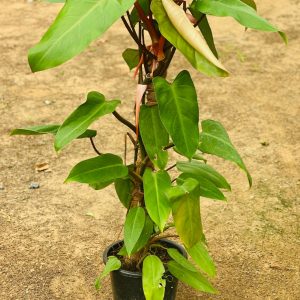
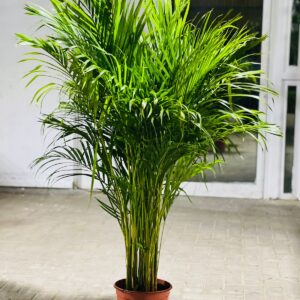
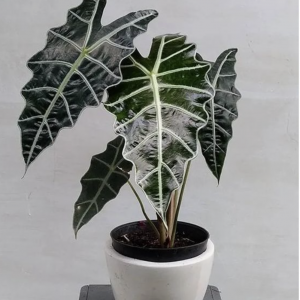
Reviews
There are no reviews yet.